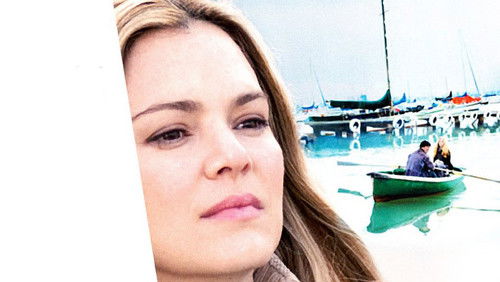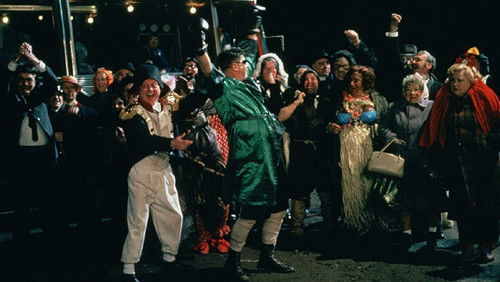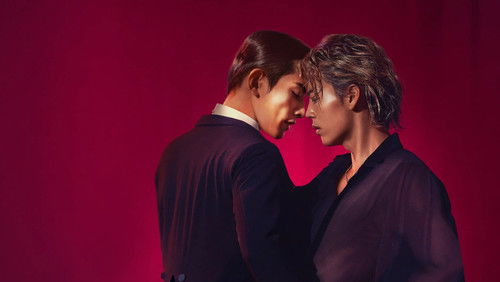Vasilisa the Beautiful (1940)
19KVasilisa the Beautiful (1940). 1h 12m
“Josef Stalin loved cinema, and established the Soyuzmultfilm studio in 1936 essentially to show the world that a totalitarian nation could turn out fantasy films the equal of the decadent westu0026#39;s super-star, Walt Disney. Traditional Russian folk-lore and the major, iconic fairy-tales of the country were given the highest priority; not only did Stalinu0026#39;s studios preserve Russiau0026#39;s classic folk heritage in the novel form of film and cartoons, but the films also served as examples of the advances of Soviet technology (and the Soyuzmultfilm animated fairy tales of the 40u0026#39;s and 50u0026#39;s are indeed glorious, especially with their original, full-orchestral, old-world musical soundtracks intact).u003cbr/u003eu003cbr/u003eVASILISA THE BEAUTIFUL is also known in the west as u0026quot;The Frog Princessu0026quot; (as it was titled in the U.S. release of Soyuzmultfilmu0026#39;s ravishing animated cartoon version of 1954). But this 1939 version is LIVE ACTION (bu0026amp;w) and is utterly enjoyable, and striking in many ways. It is told in the typical, rather crude and straightforward manner of a folk-tale, but is extremely impressive from a visual standpoint. It is fascinating to behold the detailed recreation of a primitive, rural farmhouse, with its distinctive bell-towers and gables all fashioned of timber, basking in the brilliant sunshine and surrounded by vast wheat fields.u003cbr/u003eu003cbr/u003eThe old father who no longer wants to support his two lazy sons instructs them to each shoot an arrow into the air…and where it lands, each will find his new bride. His #3 son, Ivanushka (the youngest and most upstanding of them), finds his bride at the bottom of a lake inside of a big olu0026#39; lily pad and takes the frog into his care, in order to honor his pact with his father. And, sure enough, the frog is actually the beautiful and elusive princess Vasilisa, who is then kidnapped by that creepy nemesis of old Russian lore, Baba Yaga the witch.u003cbr/u003eu003cbr/u003eIvanu0026#39;s quest to rescue his bride is told through some pretty impressive live-action imagery, often employing elaborate matte-like effects that combine the actors with what look like ink drawings, plus a few instances of very cool forced-perspective photography, including a stunning sequence where Baba Yaga causes the wooded cliff upon which Ivan is standing to collapse into the ravine far below. The u0026quot;monstersu0026quot; themselves are crude–a huge, giant spider that ensnares Ivan and commands that he answer three riddles in order to save his life (a pretty easy-going arachnid, since he gives Ivan multiple guesses when his first answer is wrong), and the giant, Ghidra-like, three-headed dragon (which is planning on marrying Vasilisa!). Crude, but appropriate for this nightmarish fantasy…and the landscape design is continually awesome to the eye.u003cbr/u003eu003cbr/u003eThen there are Ivanu0026#39;s pals, the bear family, who assist him in finding the magic key, crystal chest, and magic duck egg which he needs to save his beloved. Maybe thereu0026#39;s one too many scenes relying on simply running the film backward for a u0026quot;magicalu0026quot; effect, but–what-the-hey, itu0026#39;s 1939. And the combining of shots of the real bears and the occasional Russki in a bear-suit is well done.u003cbr/u003eu003cbr/u003eThe musical score is notable, since it features a THEREMIN to represent the u0026quot;outreu0026quot; elements of the story, which are numerous.u003cbr/u003eu003cbr/u003eWHAT I FOUND ADDITIONALLY MEANINGFUL is the u0026quot;Bonus Featureu0026quot; interview with Kiril Stolyarov, son of the famous Russian actor who stars as Ivanushka in the film; not only does he relate the story of his dadu0026#39;s precarious status in the eyes of the Stalinist regime (and yes, this film was made at the height of Stalinu0026#39;s great Terror), but the son also expounds on the emotional, cultural and moral significance of the classic, immortal Fairy-Tales (or u0026quot;Skazkiu0026quot;) and their role in the history of his great nation. I found it very moving.u003cbr/u003eu003cbr/u003ePS–Also, check out the original Russian release of the 1956 mega-epic u0026quot;Ilya Murometsu0026quot;, another iconic tale from the Motherland, but primarily known in the US in its cheesy 1960 dubbed version re-titled u0026quot;The Sword and the Dragon.u0026quot; Bizarre but insightful stuff.”









